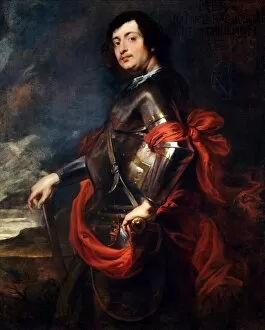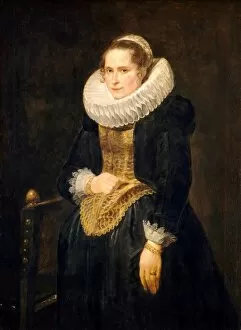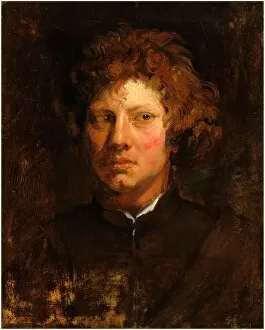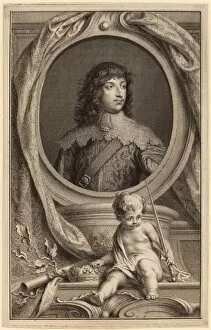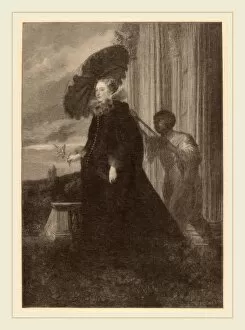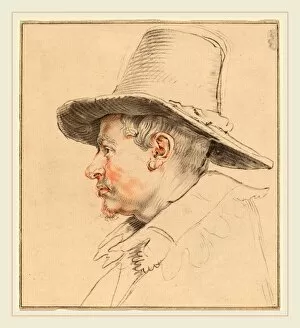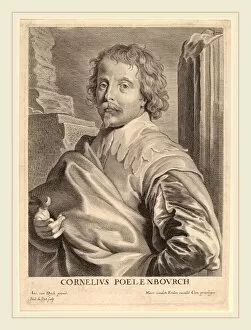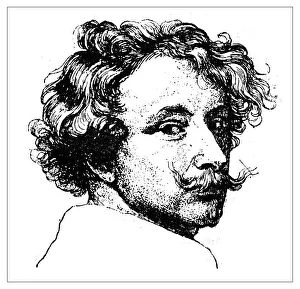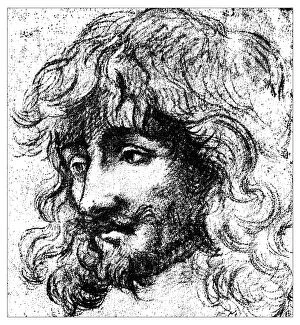Sir Anthony Van Dyck Collection (page 8)
Sir Anthony van Dyck was a Flemish Baroque artist who rose to become the leading court painter in England during the 17th century
All Professionally Made to Order for Quick Shipping
Sir Anthony van Dyck was a Flemish Baroque artist who rose to become the leading court painter in England during the 17th century. His talent and skill are evident in his diverse range of works, which include portraits, historical scenes, and still life paintings. One of his notable pieces is "Queen Henrietta Maria with Sir Jeffrey Hudson" from 1633. In this painting, Van Dyck captures the regal beauty of Queen Henrietta Maria alongside the dwarf courtier Sir Jeffrey Hudson. The attention to detail and delicate brushwork showcase Van Dyck's mastery as a portraitist. Another remarkable work by Van Dyck is "Philip, Lord Wharton" painted in 1632. This portrait exudes elegance and sophistication as Lord Wharton gazes confidently at the viewer. The play of light and shadow adds depth to the composition, highlighting Van Dyck's ability to capture both physical likeness and inner character. In addition to portraiture, Van Dyck also excelled in religious subjects such as "Saint Sebastian prepared for Martyrdom. " Painted around 1622, this piece depicts Saint Sebastian bound before his impending martyrdom with emotional intensity conveyed through vibrant colors and dramatic lighting. Van Dyck himself is immortalized in his self-portrait dating back to when he was just twenty-six years old. This introspective portrayal showcases his youthful energy while hinting at the immense talent that would later earn him fame across Europe. Not all works attributed to Van Dyck were solely created by him; some were executed by followers or imitators like "Portrait of a Man" from 1625-30. Although not directly painted by Van Dyck himself, these pieces demonstrate how influential he became within artistic circles during his lifetime. Van Dyck's versatility can be seen in other genres too; for instance, "Bouquet of Flowers in an Earthenware Vase" showcases his ability to capture the beauty of still life.


